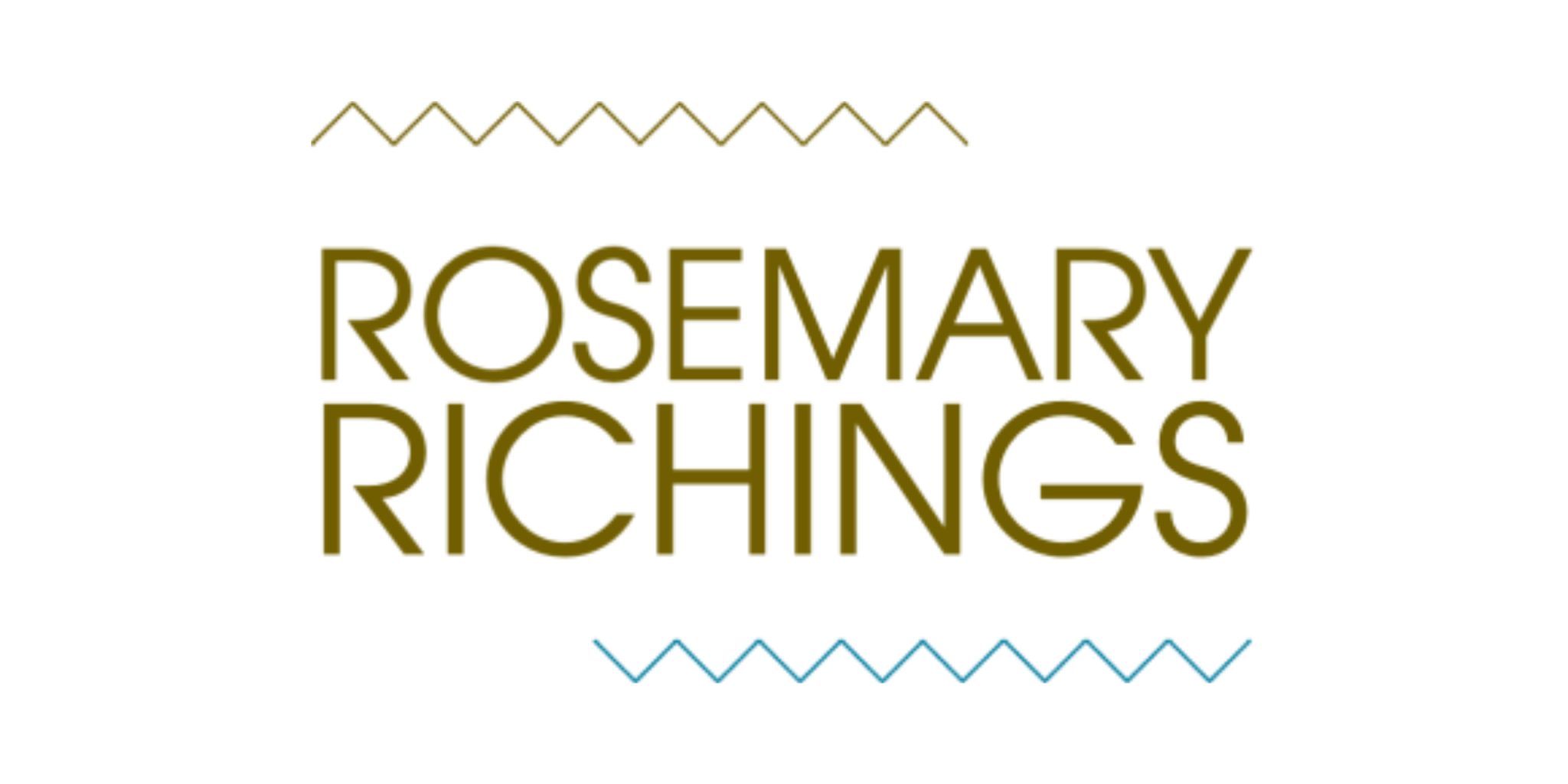A blog post hook is what decides if a reader keeps on reading, or hits the back button.
But what the heck is it, anyway?
There are literally hundreds of definitions of the hook available, but Joseph Finder’s definition is the most straightforward.
And it goes like this:
Every book starts with a question that in the end, it answers.
It’s what sucks the reader in and makes them want to learn more.
And guess what? The same principle applies to the blog post hook.
The Blog Post Hook & its Goals
The goal, even with personal blogs, is to answer some sort of question the reader might have.
And if you’re not starting with the question, and ending with the answer the reader won’t find your post valuable.
Are you struggling with engagement with your blog posts?
Then perhaps the way you’re structuring your post might be the problem.
But how do you create a blog post hook that captures people’s attention?
Here are a few methods to get you started.

1) Get to know the reader
By far the most fundamental part of an effective hook is knowing your readers.
Because if your “problem to solution” is about something they don’t care about the quality of your content will be pointless.
For instance…
If you’re trying to reach an under 30 demographic that might not be able to afford a house in your area, then they might not find tips on taking out a mortgage on a house all that useful now.
Your target audience might prefer to hear tips on apartment hunting instead!
If you’re totally stuck on the “getting to know your readers” thing, click here after you’re done reading this post, to read a guest post that I wrote on this subject.
2) Get straight to the point
Blogging’s typical structure isn’t like what you learned in high school English class.
Because it’s all about keeping things simple and getting straight to the point.
Dedicate section one to a no more than 200 words intro to whatever the problem happens to be.
And then transition straight into your solutions.
Something like:
“According to person X, this part of product Y can be quite challenging, because of X, Y, and Z.
And here’s our recommendations for making your experiences with product Y a bit easier…”
Will maintain a reader’s interest, because blogging is a medium where saying more with less is ideal.
A similar structure can apply to personal posts as well, where the problem is that the reader is struggling to choose between you and the competition, and you want them to get to know you a bit better.
3) Back up your facts
If your goal is to sell a product or service to consumers (like all my clients) you need to convey a sense of urgency.
Why should they care now, and not next week, next year, next month, etc?
In order to convey that sense of urgency, you need to keep things current.
And a great way to do that is to use research sources that are as current as possible, to sell the value of whatever you have to offer.
No idea where to look?
Well..that’s where reading reputable industry-specific blogs and magazines can make a difference.
Because that’s where you’ll find the most current findings on whatever you’re blogging about.
And people love expert opinions…
Because if researchers and experts are spending time and money on learning more about a specific topic, it is likely very current and valuable.
4) Stick to second person tense
Second person tense, or sentences that start with the word “you”, use one of the most persuasive words in the English Language.
In fact, Copyblogger reported on a study, that revealed that people’s brains light up when seeing their name in print or on-screen.
And that’s exactly why sticking to second person tense is so impactful.
Because it automatically makes people more engaged with what they’re reading, hearing, watching, etc.
So if you’re writing your first hook, don’t get too formal.
Instead, write sentences that make the reader feel like they’re having a one-on-one conversation with you.
Far too often I see blog posts that sound like they’re written for literally anyone, and not somebody with specific interests and values.
And that’s the approach that will make people lose interest.
But if you prioritise personalization, people will actually want to know more about what you have to offer.
So…Over to You…
What kinds of hooks, have you found the most effective in your blog content?
Are there any that you’re eager to try?
Feel free to comment in the comment section below.
And if you’re still struggling to get your blog post content just right, feel free to sign up early for a spot on my July project rotation.


